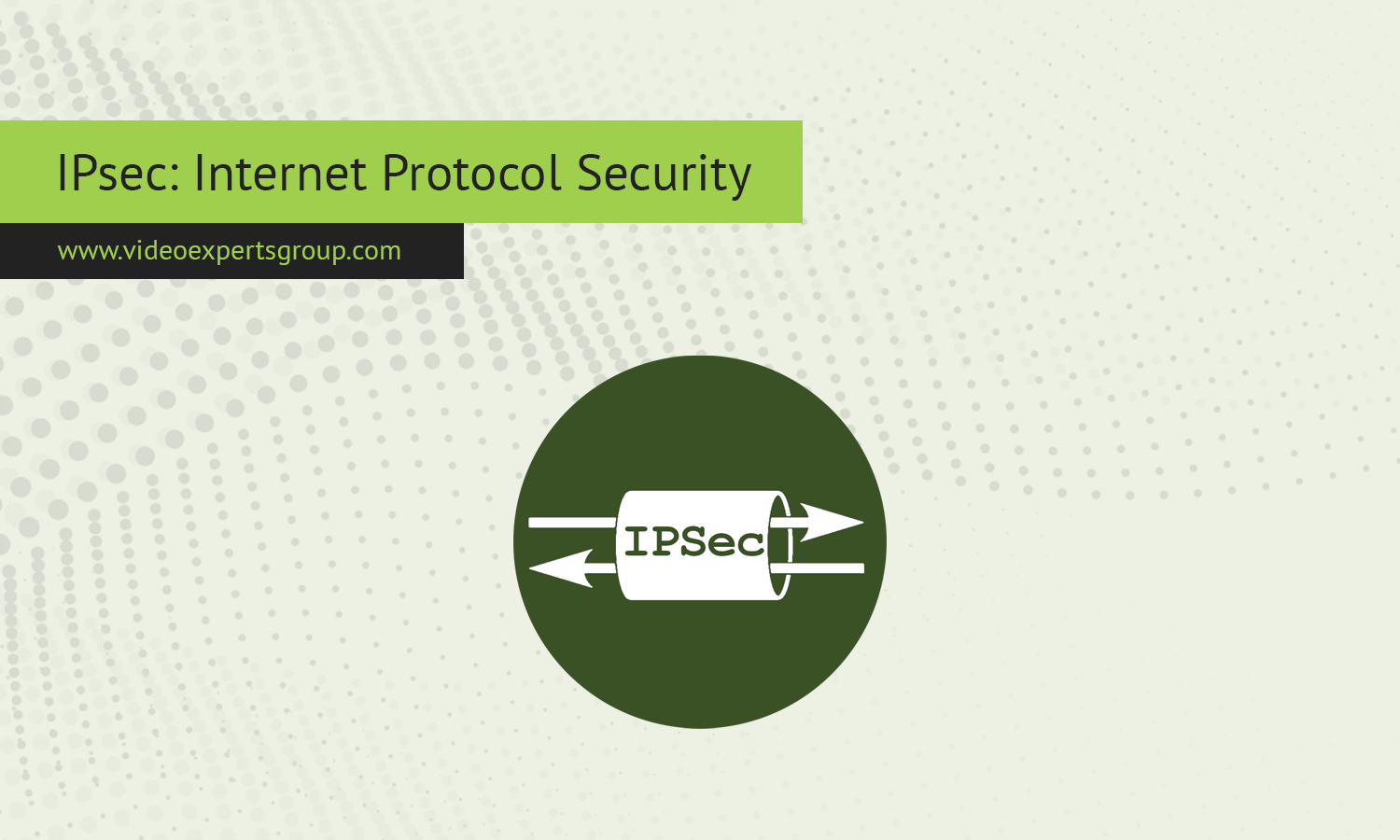Internet Protocol Security, or IPsec, is a suite of protocols that provides security for Internet Protocol (IP) communications by authenticating and encrypting each IP packet in a data stream. As a highly effective method of securing data transfer over the internet, IPsec has become a foundational technology in building secure virtual private networks (VPNs) and safeguarding data across network infrastructures. This article explains what IPsec is, how it functions, its applications, benefits, limitations, and commonly asked questions.
Meaning
IPsec stands for Internet Protocol Security. It is a set of protocols designed to ensure the integrity, authenticity, and confidentiality of data transferred across IP networks. IPsec operates at the network layer, meaning it secures data from end to end, regardless of the specific applications used. This makes IPsec a highly versatile and robust option for securing data in a wide range of network configurations, from corporate networks to home connections.
IPsec is particularly valuable because it can be implemented in various configurations, such as host-to-host, site-to-site, and within VPNs. By encrypting data and verifying sender identity, IPsec helps protect sensitive information and keeps unwanted entities from intercepting and modifying transmitted data.
How Does IPsec Work?
IPsec works through a combination of encryption and authentication protocols to protect data integrity and confidentiality. Here’s an overview of the main components of IPsec and how they function together:
-
Protocols for Security:
- Authentication Header (AH): This protocol provides data integrity and authentication of IP packets, ensuring data hasn’t been tampered with and verifying the sender’s identity.
- Encapsulating Security Payload (ESP): ESP offers encryption for confidentiality in addition to integrity and authentication, making it highly secure. Unlike AH, ESP hides data within packets, making the contents invisible to unauthorized users.
-
Security Associations (SA):
- IPsec uses Security Associations to establish a secure connection between two endpoints. Each SA defines the parameters of the connection, including encryption methods, protocols, and keys. SAs are stored in a Security Association Database (SAD).
-
Internet Key Exchange (IKE):
- IKE is the protocol that establishes and negotiates the SAs and manages cryptographic keys. There are two versions, IKEv1 and IKEv2, with IKEv2 being the preferred option due to its improved speed, flexibility, and security features.
-
Modes of Operation:
- Transport Mode: In Transport Mode, IPsec only encrypts the payload within the IP packet, leaving the header intact. This mode is mainly used for end-to-end encryption between two hosts.
- Tunnel Mode: Tunnel Mode encrypts the entire IP packet, including the header, and then encapsulates it in a new IP packet. This is commonly used for VPNs to secure communications between two networks.
What is IPsec Used For?
IPsec is widely used to secure data transmission in various scenarios, such as:
- Virtual Private Networks (VPNs): IPsec is a popular choice for creating secure VPNs, enabling secure remote access to a private network over the internet. It’s particularly favored in corporate environments where employees need to access internal resources securely from remote locations.
- Secure Site-to-Site Connections: Organizations use IPsec to create secure connections between different sites or branches, allowing them to share data over a secure channel.
- End-to-End Data Protection: IPsec offers secure communication between devices, such as servers and endpoints, protecting data exchanged between them.
- Government and Military Applications: Due to its high level of security, IPsec is frequently used in government and military networks where data integrity and confidentiality are critical.
Advantages and Disadvantages
Advantages
- Strong Security: IPsec provides robust encryption, data integrity, and authentication, making it highly effective in preventing unauthorized access, data tampering, and interception.
- Versatility: IPsec operates at the network layer, making it suitable for a variety of applications, from individual devices to large network configurations.
- Scalability: IPsec can secure both small-scale and large-scale networks, making it a flexible solution for businesses and organizations of any size.
- Compatibility: It can operate with various IP-based applications, regardless of the protocols used by the applications, making it versatile and broadly compatible.
Disadvantages
- Complex Configuration: Implementing IPsec can be challenging, requiring advanced understanding and careful setup to avoid vulnerabilities or misconfigurations.
- Performance Impact: IPsec's encryption and decryption processes can reduce network speed, especially in configurations with high data loads or limited processing power.
- Compatibility Issues: IPsec may have compatibility limitations with certain network devices, especially older equipment, that don’t support IPsec natively.
- Key Management: While IPsec is secure, managing cryptographic keys for large-scale IPsec implementations can be complex and requires proper handling to maintain security.
FAQ
IPsec remains a crucial technology for securing data in transit over IP networks, offering high security for applications ranging from individual devices to corporate networks. With robust encryption and authentication mechanisms, IPsec continues to be a reliable choice for both private and public network security.
















